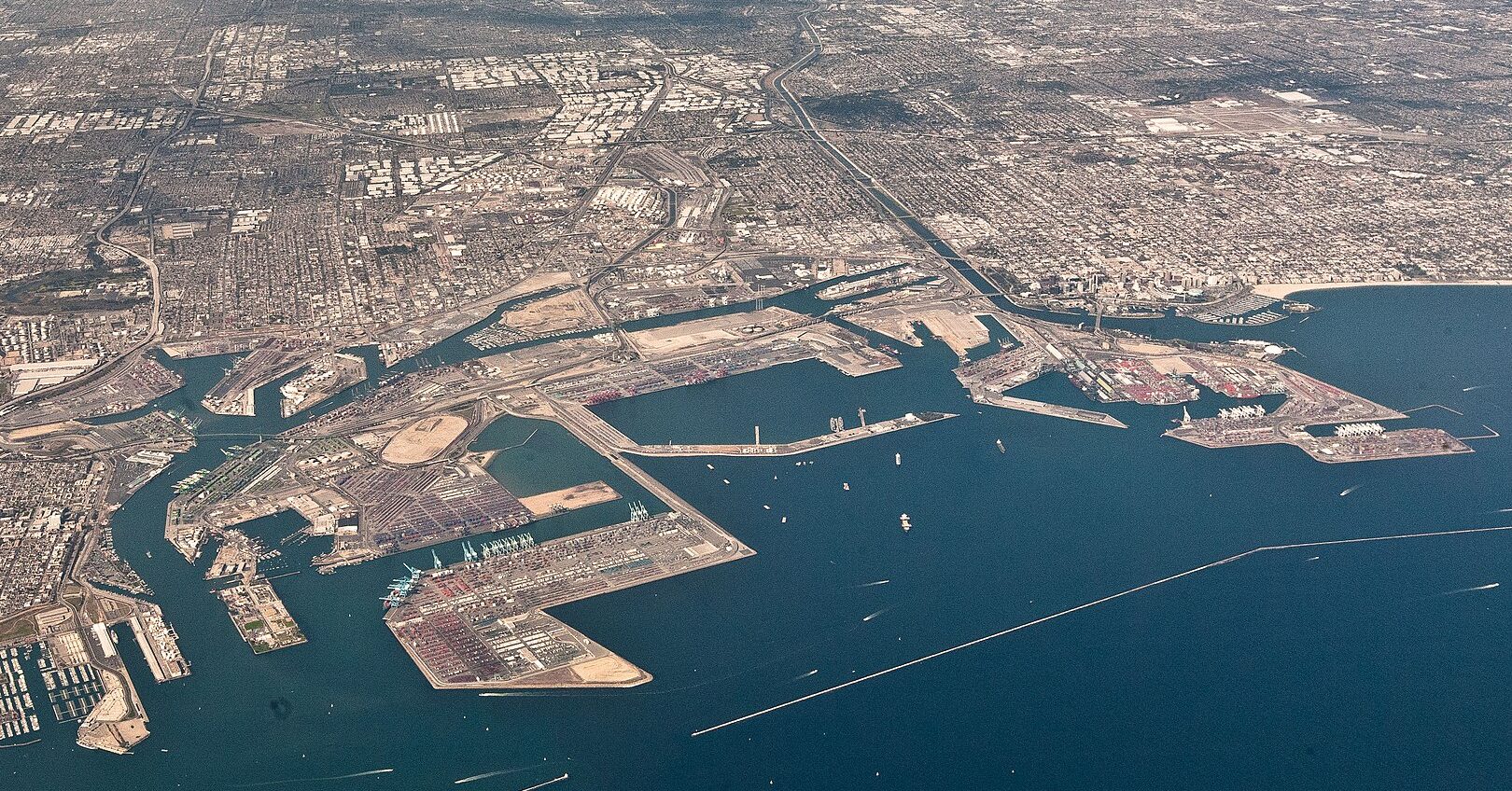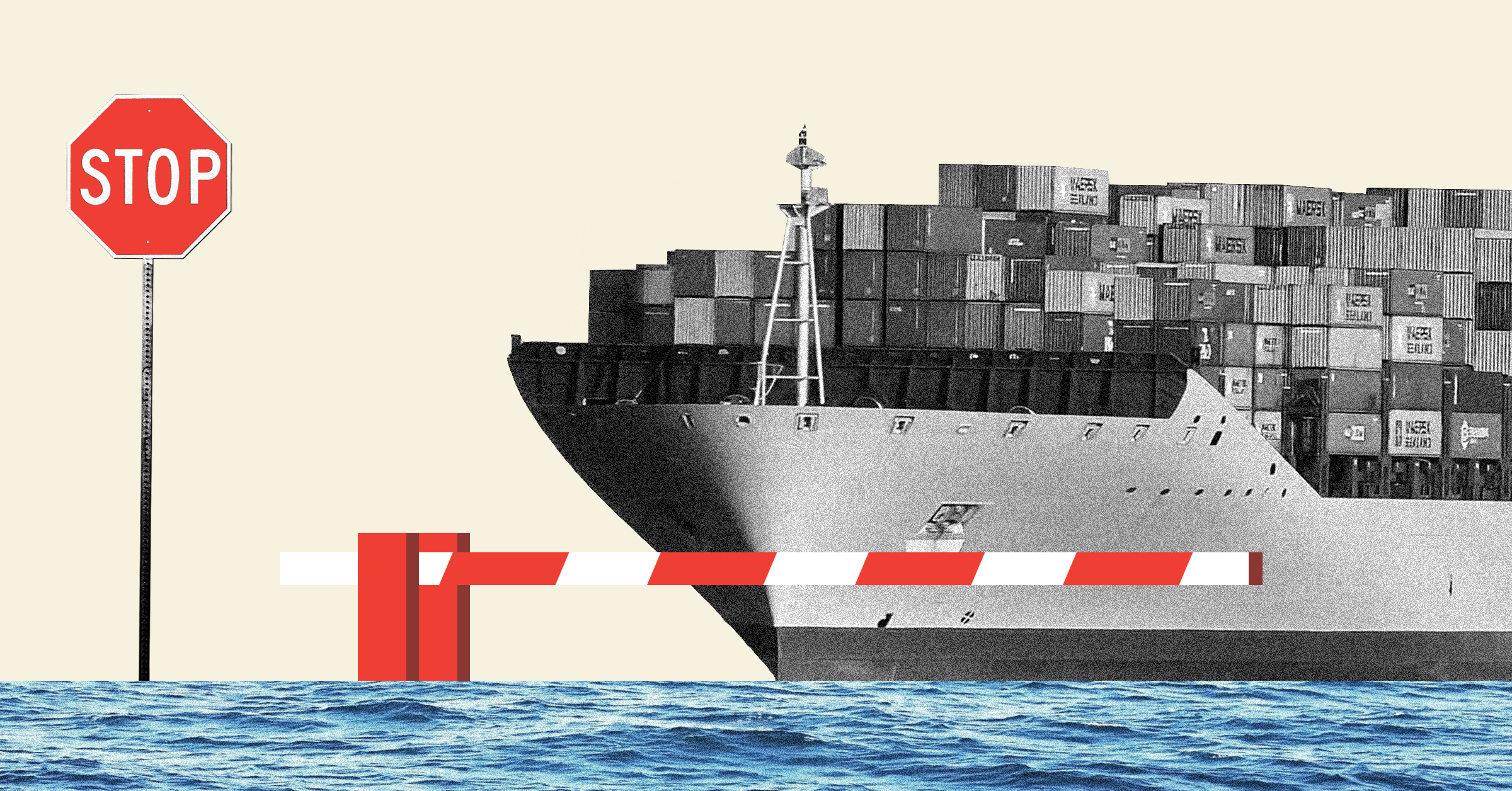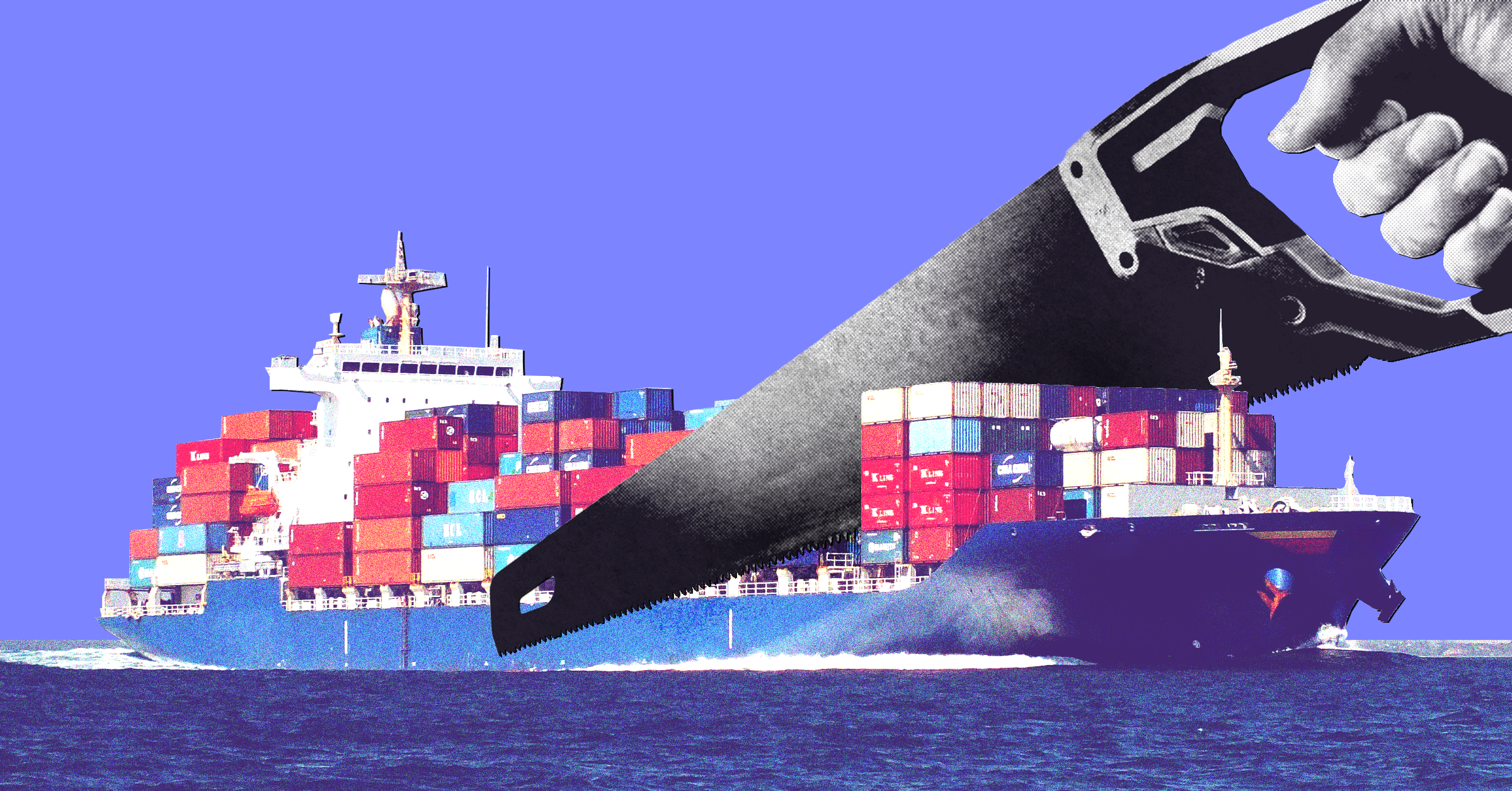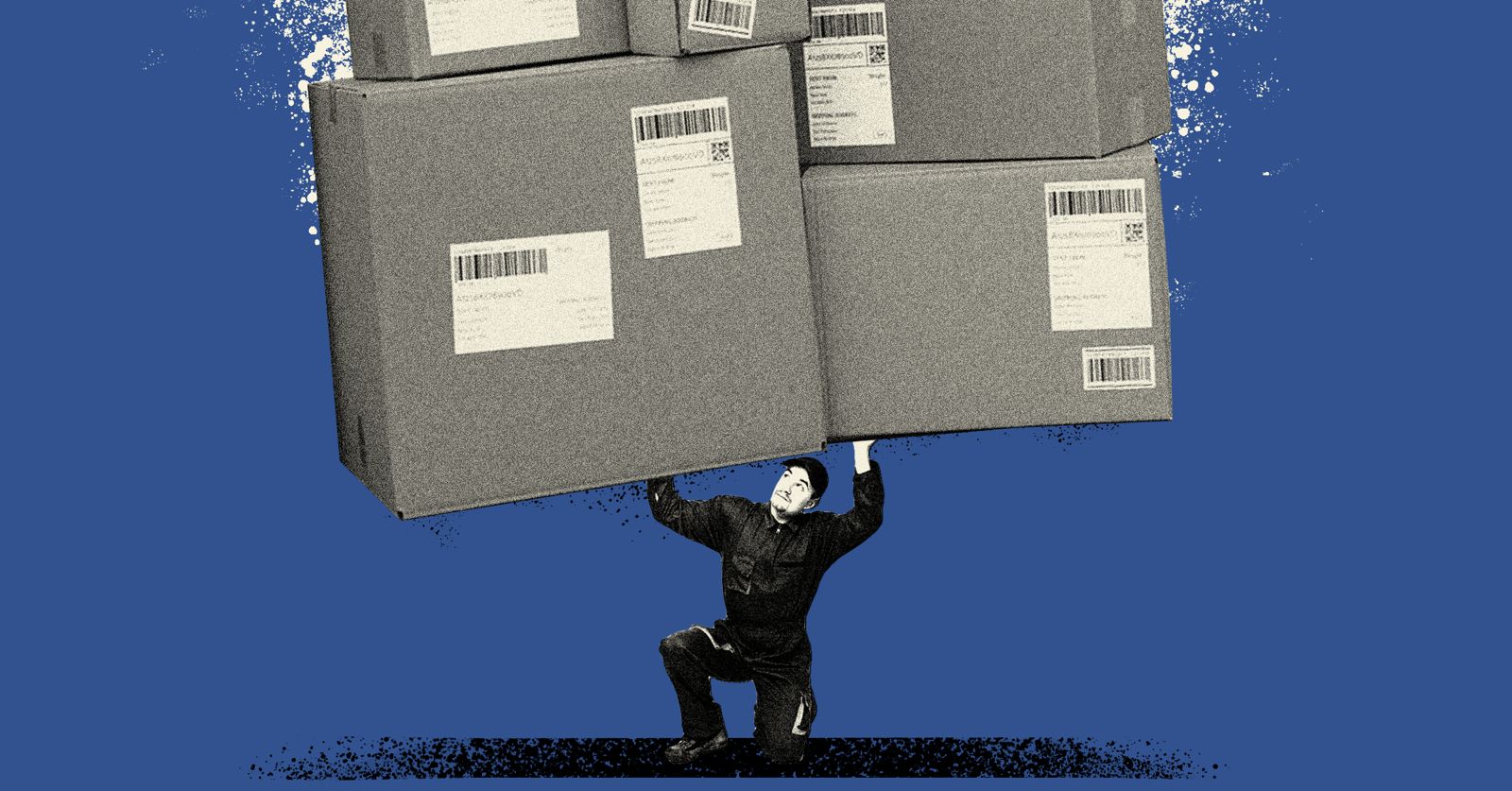Until the last few years, the U.S. government was one of the main advocates of free trade and a strong opponent of tariffs. But it is important to remember that things were not always this way. Protectionism was, until the middle of the 20th century, one of the central tenets of American economic policy.
Alexander Hamilton for example was one of the United States’s earliest advocates of protectionism. In 1791, Hamilton published his “Report on Manufactures.” In it, he argued that manufacturing in the newly independent United States should be protected, even though, at that time, American industrial productivity was only a fraction of that of the British. Hamilton contended — not only on economic development grounds but also for military sovereignty and national security (déjà vu?) — that his country’s nascent industry must be shielded from foreign competition.
It is no coincidence that this idea came from one of the main theorists and architects of the U.S. political system that emerged with the ratification of the Constitution in Philadelphia. In Hamilton’s view, alongside the newly-created republic with its system of representative democracy and the separation of powers, a strong national industry was a necessary instrument for advancing the well-being and freedom of newly-minted American citizens.
Indeed, this policy of protectionism was fundamental in allowing the country to emerge decades later as one of the world’s leading economic powers. It was the key to the U.S.’s ability to challenge the economic (and military) hegemony of Britain — something that would finally be consolidated at the end of World War II.
The brilliant economist Ha-Joon Chang describes what happens next in an apt metaphor: now the dominant economic power, the U.S. set to work trying to “kick away the ladder” it used to climb to the top. No other country — in the new global economic order the U.S. intended to build — could be allowed to develop following the same protectionist path.
Donald Trump’s new protectionist course is therefore merely reestablishing a long-standing tradition of American economic thought.
Trump’s protectionist agenda is in part designed to address worker dissatisfaction with deindustrialization. But it is also a clear reaction to recent Chinese technological and industrial development. This is somewhat ironic, considering that China’s success — a direct effect of globalization — was also a result of strategies pursued by American corporations themselves. Regardless, the U.S. president now seeks to reposition the country’s standing in the world, aiming to put the ladder back in place.
The View From the Global South
From the perspective of those of us from the Global South, this move is particularly ironic.
Just as the U.S. used protectionism to develop its early manufacturing industries safe from British competition, countries in the Global South have tried to achieve economic catch-up for at least two centuries via protectionism. In Latin America, for example, protectionist strategies developed by economists and thinkers like Hamilton were influential in shaping our industrial strategies.
It is no coincidence that within Latin American, some of the continent’s leading thinkers, such as Raul Prebisch, Celso Furtado, and the recently deceased Maria da Conceição Tavares, were adamant that specializing our economies in agricultural activities would result in impoverishment rather than prosperity. The strategic use of tariff protection in Brazil and Argentina — championed by these thinkers — was key to our industrialization. There were of course many contradictions inherent in the pursuit of these policies, including untenable class compromises between capitalists and workers. But it is undeniable that only by adopting measures contrary to free trade principles was Brazil, for example, able to make huge strides in the growth of GDP per capita between 1950 and 1980.
By comparison, since the 1990s — when the country fully embraced globalization — until the 2020s, per capita income has grown at a much more sluggish pace. And it was at the behest of the U.S. that we embraced globalization to begin with.
The Left Can’t Defend Free Trade
As many contemporary authors argue, the world today is undergoing a multidimensional crisis that encompasses economic, political, social, environmental, and psychological aspects. In this crisis, reestablishing the basic foundations of our theory and policy is an essential first step.
As Hillary Haden rightly pointed out recently on this site, it is crucial that the left avoid the trap of defending free trade and neoliberalism — even while we remain staunchly opposed to the particular way in which Trump is trying to rewrite the global order. From the perspective of the Global South especially, we must remember that neoliberal globalization was imposed on us and has meant little more than premature deindustrialization and stagnation. If the U.S. government, a key architect of neoliberalism, now wishes to destroy the free trade system that it forced on the world, then it cannot be our task to defend that system. After all, while workers from the Global South provided the iron, soy, and meat that flowed from the Amazon, the wetlands of the Brazilian Pantanal, and the fertile Pampas, the banquet of globalization was served elsewhere.




